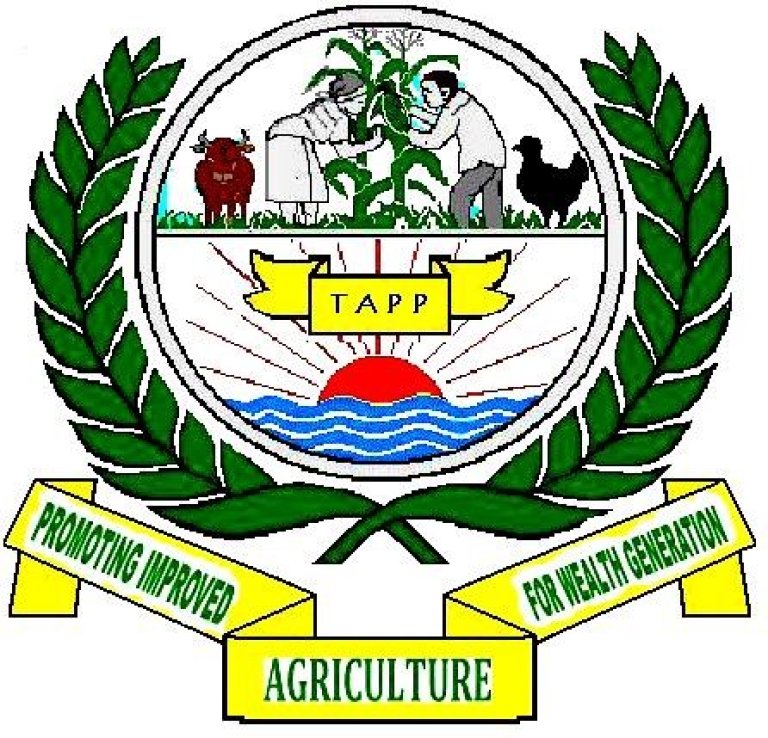Dog-mediated rabies in humans is a completely preventable, deadly disease that continues to disproportionately affect rural communities, particularly children, of economically disadvantaged areas of the world.
It is not lack of science that stands in the way of successful rabies control; it is the failure for many reasons to implement well-defined control measures across responsible sectors in endemic areas. A rabies control program must secure public awareness, disease surveillance, diagnostics, dog vaccinations and post exposure prophylaxis (PEP) for humans.
This project aims to improve control of rabies in Malawi. It will also save lives, reduce disease burden from rabies and improve health equity beyond Malawi and Africa.
Improvement of rabies control
A One Health approach bridging scientific disciplines, sectors and civil society actors will be utilized to investigate what interventions are most likely to successfully secure implementation of effective rabies control in Malawi, and whether it can be bolstered with social accountability initiatives.
We will also assess vaccine-induced immunity in free-roaming dogs at test whether a novel vaccine adjuvant, can improve and prolong immunity. Finally, by investigating the epidemiology of rabies virus in Malawi the project can inform design of dog vaccine campaigns.
Aim:
The project aims to improve control of rabies and inform best practice for Malawi and other countries. The project will find out how One Health can best be operationalized to attain a far-reaching impact on our ability to combat zoonotic diseases.
Background:
Rabies is one of the deadliest of infections in the world. Left untreated the infection is virtually 100% fatal. This zoonotic disease causes 60 000 deaths globally each year, of which 40% are children. These deaths mostly occur in Low and Middle-Income Countries (LMICs), and more than 95 percent of the cases result from dog bites.
With large-scale vaccination, canine rabies has been eliminated in many countries. However, rabies remains a feared zoonotic disease in LMICs across Africa and Asia, where deaths are also likely under-reported
Rabies in Malawi:
In Malawi, three in every 100,000 people die of rabies annually. With 500 registered deaths per year, rabies is estimated to cost the country 13 million USD per year. The costs are due to post-exposure prophylaxis (PEP), dog vaccinations and population management, livestock losses and surveillance, and lost income and productivity from premature deaths.
The Tripartite collaboration (WHO, OIE and FAO)* developed in 2015 a global strategic plan to achieve zero human dog-mediated rabies deaths by 2030, called “Zero by 30”.
This is to be achieved through mass vaccination of dogs (70% coverage), public awareness and PEP* for humans. However, despite intervention initiatives, no African country is free from rabies, mainly due to unsuccessful long-term implementation of measures.
The global strategic plan developed has five pillars for the elimination of dog-mediated rabies in humans (STOP-R): 1) Sociocultural, 2) Technical, 3) Organisational, 4) Political and 5) Resources.
Malawi has a SARE-score of 1.5 of 5 (stepwise approach to rabies elimination), and has a way to go to before the rabies are eliminated in the country.
Outcomes and impact
Rabies is a neglected zoonotic disease affecting poor populations in low-resource settings. This project will identify best practice for implementing effective and equitable control of rabies in such a setting. It will generate new knowledge, build local competence and ensure knowledge-transfer to those who stand to benefit from it the most.
Challenges in linking multi-disciplinary, multi-sectoral research with policy, action and impact are a hindrance to successful implementation of One Health initiatives. Our approach to bridges the state-society divide to empower civil society to engage in our task can bolster the implementation of sustainable rabies control in Malawi.
Approach
A One Health approach bridging scientific disciplines, sectors and civil society actors will be utilized to investigate what interventions are most likely to successfully secure implementation of effective rabies control in Malawi. In addition, we will investigate whether it can be bolstered with social accountability initiatives.
We will also assess vaccine-induced immunity in free-roaming dogs at test whether a novel vaccine adjuvant, can improve and prolong immunity. Finally, by investigating the epidemiology of rabies virus in Malawi the project can inform design of dog vaccine campaigns.
Project period
October 2021- October 2025



Central Veterinary Laboratory of Malawi
Public Health Institute of Malawi
University of Glasgow
University of Edinburgh



Hannah Joan Jørgensen, Norwegian Veterinary Institute.
The Research Council of Norway is funding the project
with 12 000 000 NOK.
Rabies is a zoonotic, infectious disease that mainly transmits to humans through dog bites. However, wild animals like foxes, bats, raccoons and skunks can also can transmit the rabies virus to human’s trough bits or scratches in the skin. Left untraded the infection is virtually 100% fatal.
After entering the body, the rabies virus infects the nervous central system. The virus then migrates though the nervous central system to the spinal cord and later the brain where it causes inflammation (encephalitis) and death.
Period of incubation varies. Normally it takes 1 – 3 months from being exposed to rabies to symptoms arises. However, it may vary from 1 week to 1 year, dependent on where the person is bit and the amount of virus entering the body.
Symptoms
In humans
Humans can experience fewer with pain, picking, tingling or burning sensation around the wound site. If the virus spreads to the central nervous system, the virus will cause a progressive impanation in the spinal cord and brain.
WHO describes to forms of the disease, furious rabies and paralytic rabies.
Furious rabies: signs of hyperactivity, hydrophobia (fear of water), anxiety and nervous behaviour (excitable behaviour). Sometimes the individual can experience aerophobia (fear of fresh air or drafts). Death occurs a few days after symptom debut due to cardio and respiratory arrest.
Paralytic rabies: In 20 % of the human cases, the disease has different symptoms and usually longer course. Starting at the site of wound or scratch, muscle paralysis gradually occurs. Coma gradually develops, before death occurs. The paralytic form of rabies is often misdiagnosed, and thus underreported.
In animals
Symptoms of rabies in dogs can be fewer, abnormal behaviours (like aggression), hyperactivity, and changed pattern of movement and paralysis in some part of the animal’s body. After 1 -2 weeks after symptom’s debut the animal dies.
Prevention
It is possible to prevent and control the spread of rabies. According to WHO, this can be achieved by vaccination of dogs, spread of knowledge of dog behaviour and bite prevention and immunization of people after exposure to rabies, called post-exposure prophylaxis or PEP.
WHO also recommend pre-exposure immunized (vaccinated) against rabies for expatriates living in remote high exposure risk areas with limited access to rabies biologics. They also recommend outdoor travellers, children living in or visiting these areas to get immunized.
Post exposure prophylaxis (PEP)
After exposure to rabies it is important to imminently start post-exposure prophylaxis (PEP). PEP prevents the entry of the virus into the central nervous system, saving the life of the exposed person.
The WHO describes PEP in three steps:
- right after suspected exposure to rabies, the wound or scratch is excessively washed and locally treated.
- immunization of the exposed person by an effective rabies vaccine that meets the WHO standard.
- administration of rabies immunoglobulin (RIG), if indicated.
Step 1. Includes:
Extensive wound washing includes immediate, thorough washing and flushing of the wound. This is performed for a minimum of 15 minutes with soap and water, detergent, povidone iodie or other substances that can kill or remove the rabies virus.
For more information about PEP, please read the WHO fact-sheet about rabies.
The rabies virus
The rabies virus is a part of a family of viruses called Rhabdoviridae, and belongs to the genus lyssavirus. It is a single stranded RNA virus that codes for 5 proteins called N, P, M, G and L. The structure of the rabies virus is determined by sequence of the five proteins.
More information about the rabies virus can be found at the CDC.
Links to scientific articles will be posted here.
28. September 2022 - The Norwegian Veterinary Institute marks World Rabies Day
Links will be posted.



